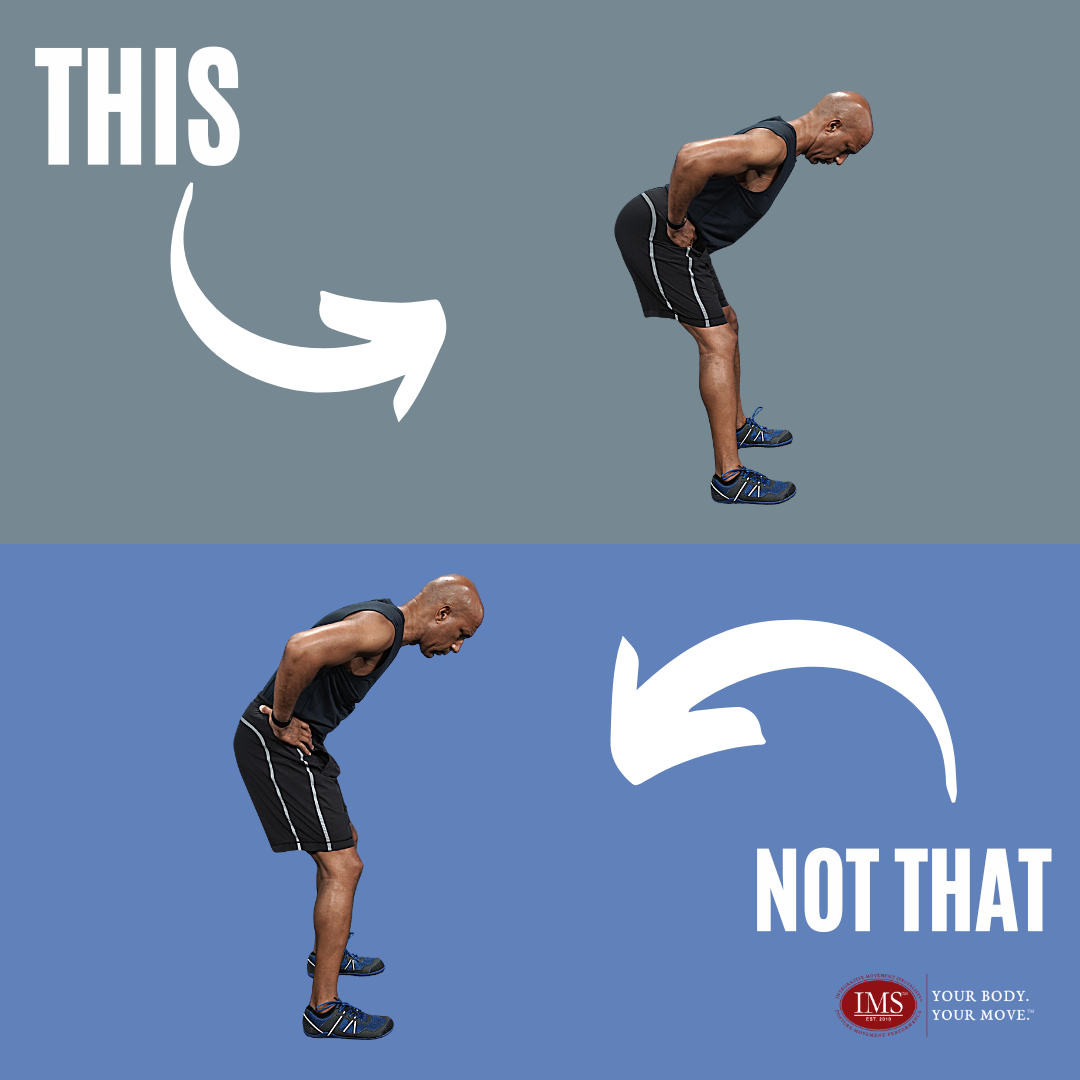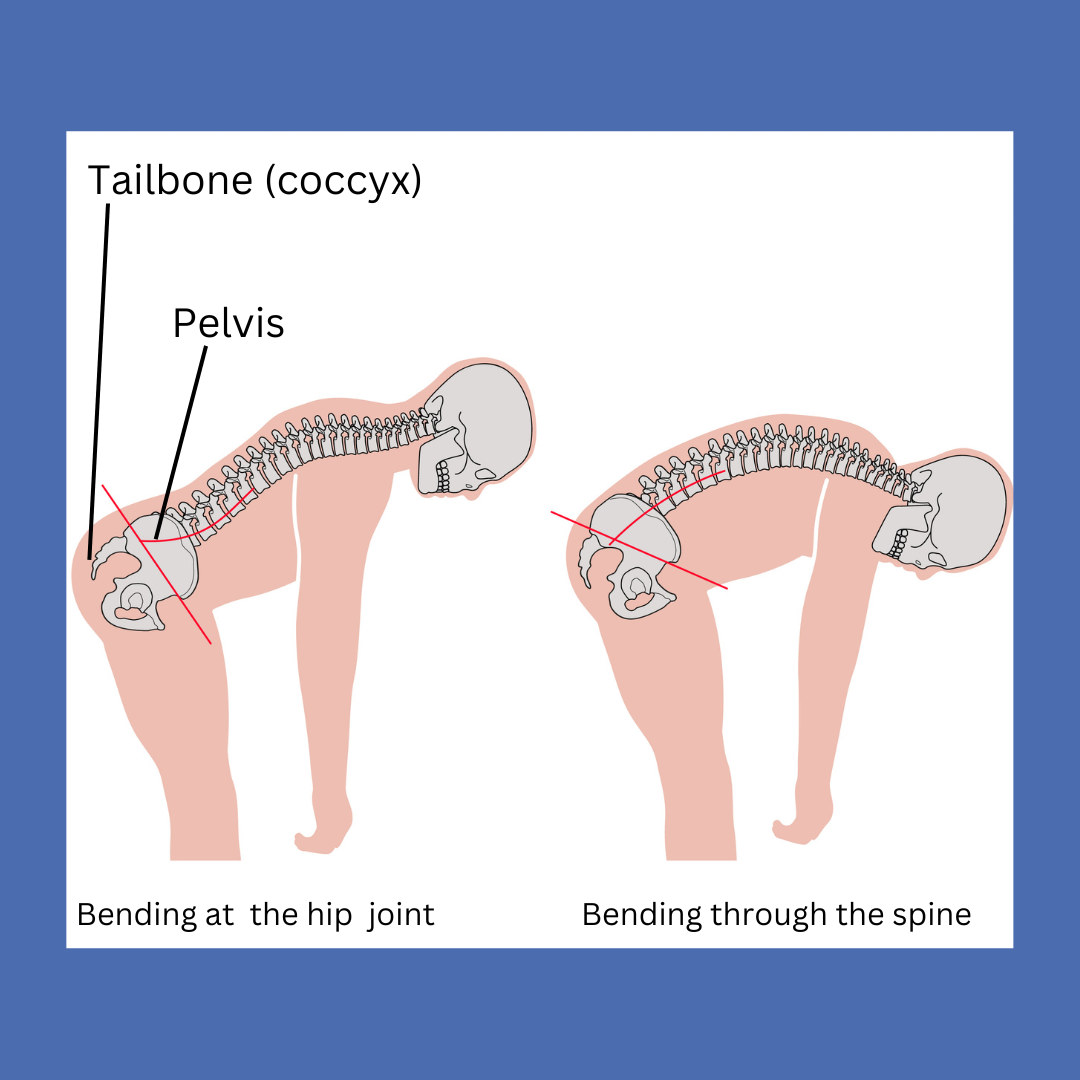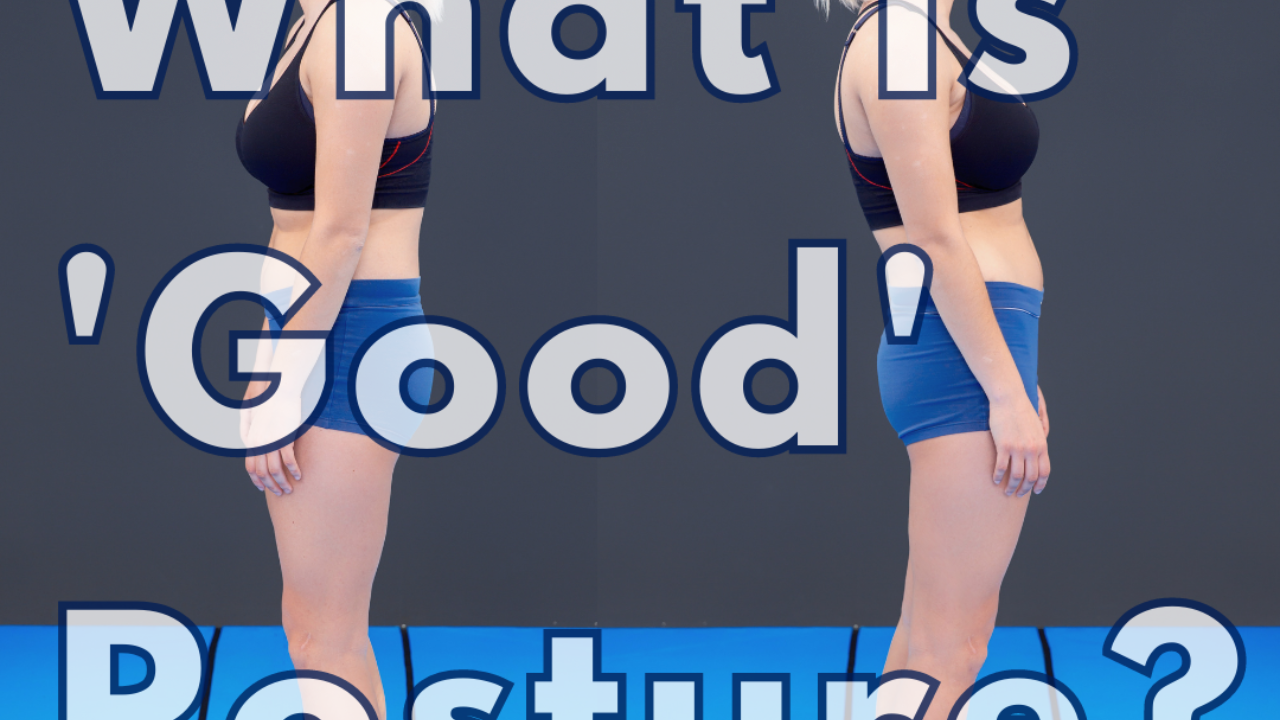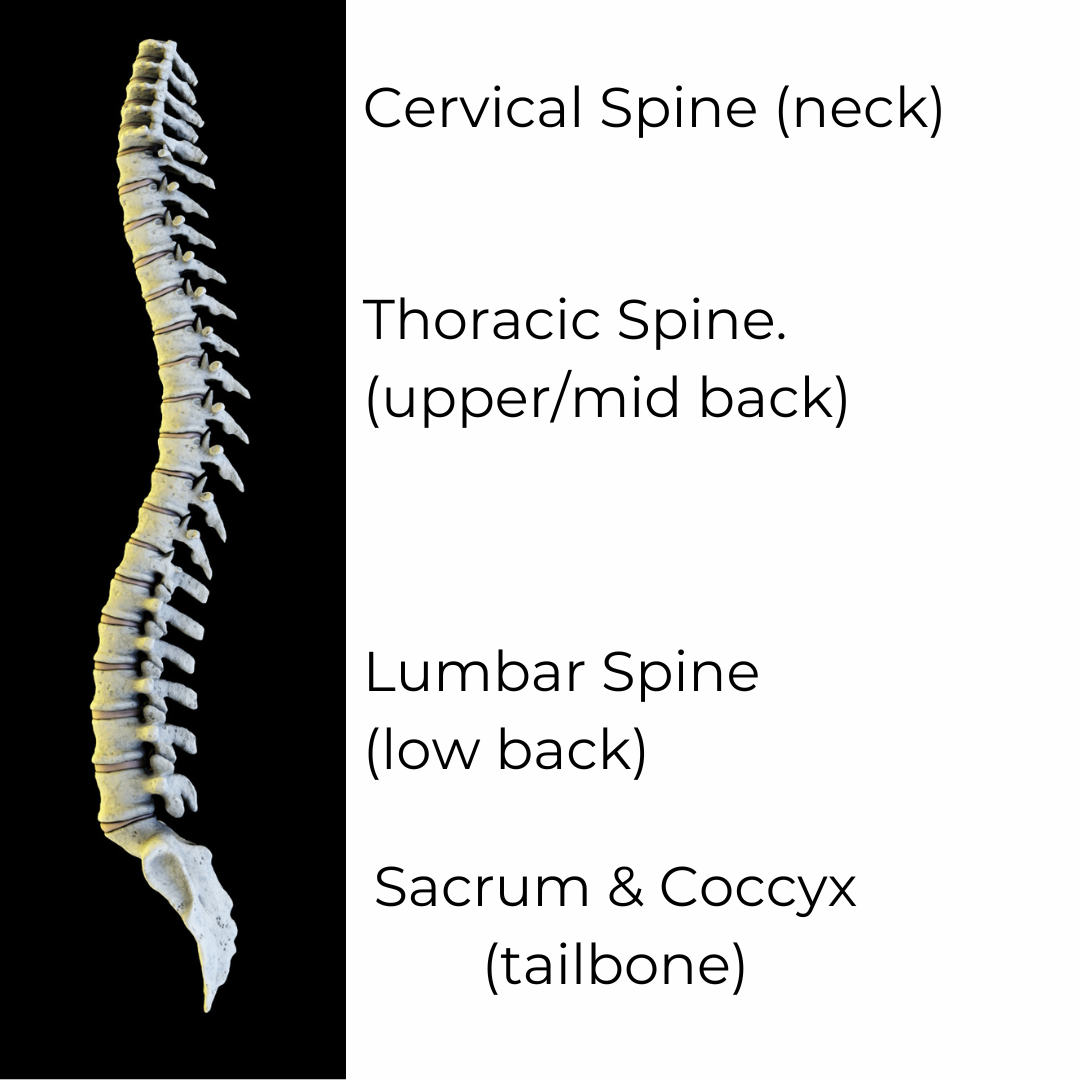Blog
Engage Your Core The Natural Way


The Deep Core Muscles
If you struggle with back issues and have been told you need to strengthen your core you need to watch this webinar.
Jenice covers your deep core muscles that attach to and stabilize your spine.
She will also take you through simple yet effective exercises for your deeper core muscles.
Do Arm Movements Give You Trouble?

Do you ever feel a twinge in your shoulder when you move your arm(s) in a certain way?
Maybe it is when you lift your arm a little too high when reaching into the cabinet or bringing your arm down. Perhaps it is not in your shoulder but more in your neck you feel the discomfort.
There are several muscles that connect your shoulder to your neck, thus why when you move your head or neck you may feel discomfort in one or the other.
There are two primary movements of the arms, pushing and pulling. How you perform pushing and pulling patterns when exercising and during your daily life can affect how 'good' your arms, head, neck, and ribs will feel.
Today we will look specifically at the concept of pushing. In everyday life, we push a shopping cart, a. door, a lawn mower, a stroller, a suitcase, and more. When exercising we push a chest press, overhead press, a cable press, a sled, and others.
An important concept is how we do anything is how we do everything. How you train the pu...
Move Well Webinar: Hip Hinges & Squats
Enjoy the recording from our Move Well Webinar where we covered and coached you through the proper form of squats and hip hinges.
Does the action of squatting especially when exercising bother your knees or back?

Does the action of squatting especially when exercising bother your knees or back?
It is a common concern for many. Some are even being told by their doctor to avoid squats. While that sounds easy enough, it is nearly impossible to avoid squatting in your everyday life. Squatting is required to sit. This means, when you use the restroom, sit to eat, watch T.V. sit. your desk, drive, etc.
It seems that is a necessary activity so let's take a look at what might be going wrong during the squat that may be causing the discomfort.

If you caught our last installment we spoke about the importance of moving through the hip joint to alleviate pressure on the low back as seen in the top photo. The model bends or rolls through the hip joint as she goes down into the squat. This motion helps the model use the large muscle of the glute to stand back up versus the muscles of the back or around the knees.
In the bottom photo, the model is not bending through the hips but rather is bending...
Have you ever heard or been told you need to bend at your knees to save your back

Have you ever heard or been told you need to bend at your knees to save your back?
While it is not a complete myth it definitely overlooks a very large important joint that you need to bend or move through when bending, squatting, deadlifting, picking something up, etc., and that is the ability to move through your hip joint.
Let's take a look a how to or what it means to bend or move through your hip joint versus not moving through the hip joint.

In the next picture, you can see more from the anatomical perspective of what is happening to the spine with either version.

Note the difference between the two pictures above.
When we bend at the hip joint the entire spine, and pelvis move together around the hip joint. Note where the tailbone is in either picture. In the first picture, the tailbone is almost parallel to the floor. In the second picture, the tailbone is pointing down towards the floor and you can see the bending in the spine as the pelvis has not moved with the s...
Make Posture Easy

|
|||
For the upper back and chest, if you struggle with discomfort in t...
What is the Best Sitting Posture?

Sitting is an activity many of us do or must do for many hours of our day to do our work.
Studies have shown the risks of prolonged sitting can include back, neck, and shoulder pain, digestive issues, and could even lead to early death. So if you must sit, what is the best way to sit?
Look at the pictures below. Which do you think looks like the best way to sit?

That was kind of a trick question...none of the above is an ideal way to sit.
The one thing each of these has in common is the position of the pelvis. Each individual above is sitting with the pelvis rolled underneath them. This posture flexes the low back or lumbar spine and places all the muscles, ligaments, and tendons on a prolonged stretch, and pressure on the spinal discs. Over time this can lead to SI issues, chronic low back tightness, pain, disc issue, and more.
If you must sit for long periods of time if driving, working, etc., then be sure to sit as optimal as possible.

Sit up on your SITS bones.
...What is Good Posture?

We often receive the question, 'what is good posture'. There is definitely a bit of a debate about it. Last week we looked at the forward head position commonly today is known as 'tech neck'.
Today we will work our way down the spine to the upper and midback, known as the thoracic area of the spine. A common cue or directive you may have been given from a young age is to sit or stand up straight. This may have included 'lift your chest', 'pull your shoulder down and back.'
These directions were well-meaning. No one wanted you to look like a slouch or develop a hump in your back. The fact is, that often with repeated use of these cues over time we can start to change the natural posture of our spine. If you look at the picture of the spine below the spine has gentle curves throughout. The curve in the upper and middle back actually sways back creating what is called a kyphosis versus the low back which curves the opposite way into a lordosis or lordotic curve.

The kyphotic ...
Bad Posture? Simple Things to Improve Your Posture.

Have you ever done something and thought, I am making this harder than I need to or think there has to be an easier way to do this?
Many of us make posture harder and use way more effort than we need to use.
Here is an example.
How do you change your posture from what you think is slouching to not slouching?
Often people will pull their shoulders back, lift their chest or arch their back and pull in their abdominal muscles.
That strategy for posture uses at least seven of the larger muscles in your body just to sit or stand. That does not seem very efficient. Along with a lack of efficiency, this type of change will enforce misalignment of our spine, by using larger moving muscles for posture, putting extra pressure on our joints and organs while limiting how our body should move when breathing.
What should you do if you want a ‘good’ posture while using less effort?
When seated:
Be sure that you are sitting on your SITS bones NOT your tails bone. This will put your weight th...


